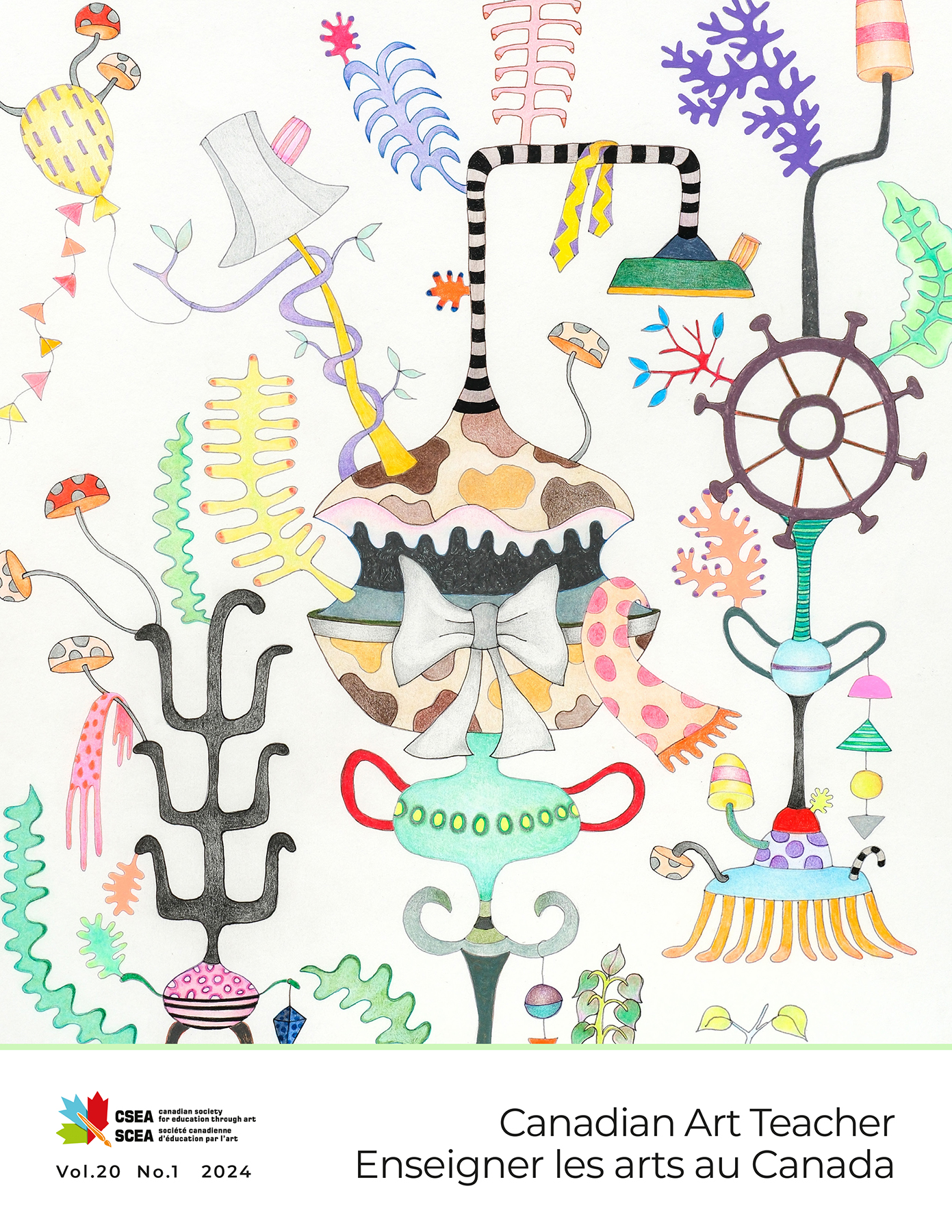Résumés
Abstract
This article discusses how I documented my dreams for two months, with the goal of uncovering how dreams are stored in my brain and gaining insight into the unconscious processes that lead to their creation. In exploring the relationship between dreams and art, I sought to understand the creative potential of dream-inspired art. Informed by my exploration I created art inspired by my dreams using Adobe Photoshop and Dall-E, an artificial intelligence tool. By comparing the aesthetic qualities of my digital art with those generated by Dall-E, I share the insights I have gained into the potential for AI in the creative process. This artistic exploration has broader implications for our understanding of the creative process, the role of the unconscious in art, and the relationship between humans and AI. Future research could further explore the potential for dream-inspired art and the role of AI in the creative process.
Keywords:
- Art,
- Dreams,
- Consciousness,
- Unconsciousness,
- Artificial Intelligence
Veuillez télécharger l’article en PDF pour le lire.
Télécharger
Parties annexes
Biographical note
He is a visual artist who holds a MEd from Simon Fraser University and a BA from the University of Alaska Anchorage. While living in Alaska, he worked as a graphic designer and developed a keen interest in how people engage with art in digital spaces. Prior to pursuing his MEd, he was involved with various digital platforms, focusing on political and medical applications. He is particularly fascinated by the intersection of artificial intelligence and human creativity in the realm of art.
Bibliography
- Bostrom, N. (2014). Superintelligence. Oxford University Press.
- Jung, C. G., Dell, W. S., & Baynes, C. F. (2017). Modern man in search of a soul. Martino Fine Books.
- Kofman, S. (1988). The childhood of art: An interpretation of Freud's aesthetics / Sarah Kofman (W. Woodhull trans.). Columbia University Press.
- Leonard, N. (2021). Emerging artificial intelligence, art and pedagogy: Exploring discussions of creative algorithms and machines of art education. Digital culture & Education, 13(1), 20-41.
- Liu, B. (2023). Arguments for the rise of artificial intelligence art: Does AI art have creativity, motivation, self-awareness and emotion? Arte, Individuo y Sociedad, 35(3), 811-822. https://doi.org/10.5209/aris.83808.
- Marcus, G. (2018). Deep Learning: A Critical Appraisal. Arxiv.org. https://doi.org/10.48550/arxiv.1801.00631
- Miller, A. I. (2019). The Artist in the Machine: The World of AI-Powered Creativity. MIT Press.


